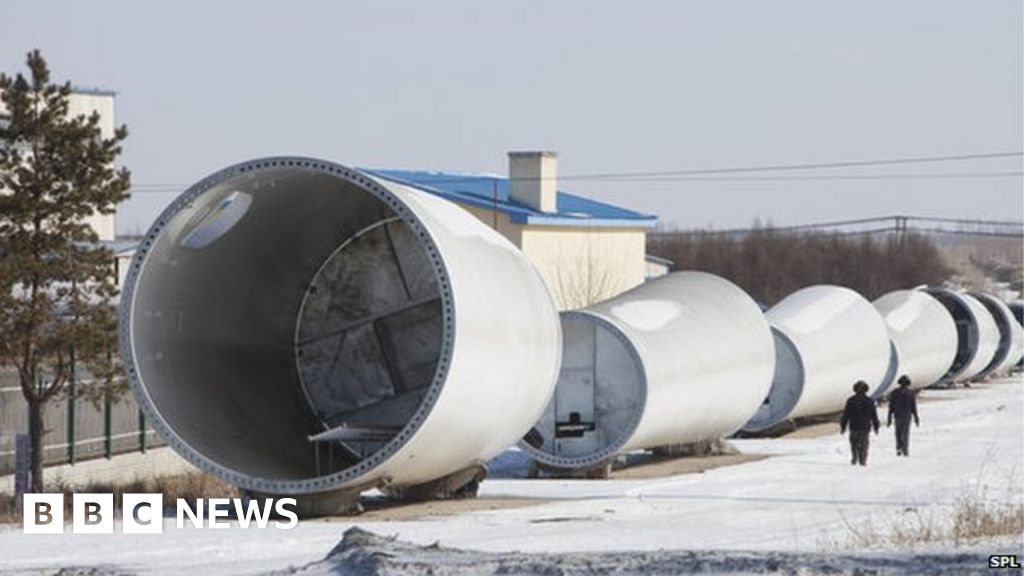

They have taken a triumphalist stance this year, emphasizing China’s success in quickly eliminating outbreaks of the coronavirus and in winning the release of a senior Huawei executive, Meng Wanzhou, in a dispute with the United States and Canada.īut Xi risks getting tagged for problems as well as successes.


The regulators cited a need to make sure that the cities and provinces met full-year targets set by Beijing for their carbon dioxide emissions from the burning of fossil fuels.īesides coal, hydroelectric dams supply much of the rest of China’s power, while wind turbines, solar panels and nuclear power plants play a growing role.Ĭhina’s difficulty in keeping the lights on and the faucets running poses a challenge for Xi Jinping, the country’s top leader, and the Chinese Communist Party.
#China growing power crunch threatens global full#
Many other power plants have been operating below full capacity and have been leery of increasing generation when that would mean losing more money, said Lin Boqiang, dean of the China Institute for Energy Policy Studies at Xiamen University.Ĭhina’s main economic planning agency, the National Development and Reform Commission, also ordered 20 large cities and provinces in late August to reduce energy consumption for the rest of the year. But because the government keeps electricity prices low, particularly in residential areas, usage by homes and businesses has climbed regardless.įaced with losing more money with each additional ton of coal they burn, some power plants have closed for maintenance in recent weeks, saying that this was needed for safety reasons. Coal prices have surged along with demand. Two-thirds of China’s electricity comes from burning coal, which Beijing is trying to curb to address climate change. Experts said that a surge in prices in China had drawn energy distributors to send ships laden with liquefied natural gas to Chinese ports, leaving others to scurry for further sources.īut the bulk of China’s power problems are unique to the country. Swelling orders for the smartphones, appliances, exercise equipment and other manufactured goods that China’s factories churn out has driven the rise.Ĭhina’s power problems are contributing in some part to higher prices elsewhere, like in Europe. Compared with last year, electricity demand is growing this year in China at nearly twice its usual annual pace. The sudden restart of the world economy has led to shortages of key components like computer chips and has helped provoke a mix-up in global shipping lines, putting in the wrong places too many containers and the ships that carry them. The electricity shortage is starting to make supply chain problems worse. Nomura, a Japanese financial institution, cut its forecast for economic expansion in the last three months of this year to 3%, from 4.4%. Still, nationwide power shortages have prompted economists to reduce their estimates for China’s growth this year. State Grid, the government-run power distributor, said in a statement Monday that it would guarantee supplies “and resolutely maintain the bottom line of people’s livelihoods, development and safety.” Experts in China predicted that officials would compensate by steering electricity away from energy-intensive heavy industries like steel, cement and aluminum, and said that might fix the problem. It is not clear how long the power crunch will last. Apple had no immediate comment, while Tesla did not respond to a request for comment. Three publicly traded Taiwanese electronics companies, including two suppliers to Apple and one to Tesla, issued statements Sunday night warning that their factories were among those affected. Economists predicted that production interruptions at Chinese factories would make it harder for many stores in the West to restock empty shelves and could contribute to inflation in the coming months.


 0 kommentar(er)
0 kommentar(er)
